B2C
The Best Branded Content of July: Advertising’s McConaissance Continues
In November 2013, Sam Slaughter, Contently’s vice president of content, asked me to join him in a conference room we call Grizzly. I walked in and couldn’t stop staring at the bears on the wall because bears are amazing and also I was nervous. I had just started editing The Content Strategist as a freelancer. The previous night, I’d gone out with the Contently team to celebrate a successful Contently Summit, our big annual conference. Karaoke was involved, things got a little out of hand, and now there were several photos on Facebook and Instagram of me wearing a feather boa and one white glove. I assumed they had to be addressed.
I was sure Sam was going to give me a speech about professionalism. Instead, he offered me a job as Contently’s editor-in-chief.
As a one-person editorial team, my first instinct was to go for easy wins. One of those was this “Best of Branded Content” column, which I started over two and a half years ago. No one had been rounding up the best content marketing each month, and it was easy for me to fill that need.
But now, it’s not just me here at Contently. We’ve grown from 13 employees to nearly 130, and our office is filled with brilliant people who are as obsessed with this industry as I am. So for the next few months, we’re going to try a new format: the roundup. Here’s the branded content that people across Contently fell in love with in July:
Amtrak: The National

Kieran Dahl, social media editor: This isn’t so much an analysis as a promise that Amtrak’s The National, its not-yet-in-existence “bi-monthly print magazine and digital portal,” will be very, very good. Launching in October, the magazine will be helmed by Jordan Heller, the editor-in-chief of Rhapsody, a literary and highfalutin culture magazine published by United Airlines that, befitting of its highbrow content, is only available in United’s premium cabins and lounges. (Heller is also the editor-in-chief of Hemisphere, United’s in-flight magazine that you only pick out of the seat pocket in front of you when you’re waiting to use your phone.)
With largely the same editorial minds behind The National as Rhapsody, the nature of the two publications’ content seems comparably upscale. That’s not a bad thing. We’ve previously written about Rhapsody as the standard-bearer of high-class branded content, given the caliber of its stories—deep profiles of a diverse cast of celebrities, for example—and its award-winning writers—Joyce Carol Oates, Emily St. John Mandel, and Anthony Doerr, among others.
Alex Hoyt, the executive editor of The National and senior editor of Rhapsody, told Folio magazine that The National’s first issue will feature “all kinds of stories—travel essays, reported pieces, fiction, poetry, and fine-art photography—and a range of voices from across the country.”
As if you needed further proof that train travel is simply the best…
Wild Turkey Bourbon: “Matthew McConaughey Short Film”
Dillon Baker, associate editor: Ever since the McConaissance took hold in 2014, actor Matthew McConaughey has taken his career in two interesting directions: first by working on more obscure films and cameoing in big ones, and second by diving into the ad world. His much-parodied Lincoln ads are proving to be only the beginning for this bold pioneer. Now, he’s taken up a role as “creative director” for bourbon brand Wild Turkey.
It’s an odd choice. Wild Turkey isn’t the most well-respected bourbon brand, and it was recently bought by Campari Group, an Italian beverage company. But damn it if McConaughey doesn’t sell the brand. As a spokesperson, he seems to—almost creepily—love Wild Turkey in a way other people paid to promote brands simply can’t match. It works, though, because that’s the kind of sophisticated weirdo McConaughey is.
Dove (Unilever): “My Beauty, My Say”
Erin Nelson, marketing editor: The media is full of chatter that Unilever’s $1 billion purchase of Dollar Shave Club is a sign of the disruption of everything. But Dove, one of Unilever’s star brands, released a new campaign that proves dollar razors are not the only relevant cultural conversation in Unilever’s arsenal.
We all know Dove’s “Real Beauty” campaign, which was first launched in 2004 and went viral thanks to the “Evolution” (2006) and “Real Sketches” (2013) videos. The campaign encouraged women to reevaluate their own perceptions of beauty, and this month, Dove launched the next evolution. “My Beauty, My Say” challenges the media to stop criticizing the way female athletes look—a habit likely to ramp up during the upcoming Olympic Games in Rio.
To do so, Dove created three digital interactive billboards in New York, Los Angeles, and Toronto to live stream commentary about female athletes’ physical appearance. The goal is to reveal the absurd way major media outlets talk about female athletes: “huge nipples,” “built like a fire hydrant,” “frizzy hair,” to name a few choice phrases. In true Dove fashion, the branded content inspires viewers to reevaluate beauty standards, but, more importantly, it puts the media on blast. The campaign is a healthy reminder that brands can serve as an unlikely check on the abusive power of mainstream media.
Jaguar: “Feel Wimbledon”
Amanda Weatherhead, sales strategist: As an avid tennis fan and one-time aspiring touring pro, it’s been a dream of mine to play on Centre Court at Wimbledon. I’m not alone. Even the most casual tennis fan feels a degree of reverence for that court—it’s the tennis equivalent of the Vatican.
This is precisely why Jaguar’s “Feel Wimbledon” campaign represents a marketing coup. By giving fans the opportunity to step inside the fabled Centre Court at SW19, Jaguar cemented their status as a tech-savvy yet human company. While the majority of its competitors worship at the altar of engineering and technical innovation, Jaguar recognized that in order to truly build relationships with people, it had to appeal to people’s emotions.
Brand partnerships can go one of two ways: epic success (like Uber and Spotify) or major disaster (like KFC and the Susan G. Komen foundation). This one is a perfect fit. Both brands have a similar ethos and fabled legacies that are as quintessentially British as the Queen herself. To truly ensure that this campaign was an advertising tour de force, Jaguar moved the VR experience around London and gave out Google Cardboards at their dealerships, maximizing exposure. Here’s to hoping they extend the campaign to the U.S. Open so I can finally live my dreams, if only for a moment.
Rapha: “Rapha Core”
Nicolas Willson, editorial intern: I think luxury cycling brand Rapha produces some of the best branded content out there. I’ve been a follower of the brand for some years now—watching their videos, drinking coffee at the stores, but never becoming a customer of their clothing. That was until this summer, when I prepared for a cycling trip in Transylvania. After consuming Rapha’s content for years, there was only one place I was going to buy some padded shorts and cycling shirts.
The quality of Rapha’s branded content is fantastic, whether it’s the brand’s landscape photography, print magazine, or emotional short films. In this particular video, Rapha mixes rural imagery with the human stories behind cycling. The film highs the beauty of the sport: the physical challenges, the mental toughness, the outdoor elements, the camaraderie and isolation.
Rapha certainly knows their core audience is avid cyclists longing to be outdoors and they know how to pull on the emotional heart strings. Even if you’re not a cyclist, the video makes you want to get up and take on the challenge of an ascent, clad head to toe in Rapha gear.
Sonic the Hedgehog: Whatever this is
(Note: Embedding has been disabled, so go to the link above and start at 35:50.)
Noah Waldman, editorial intern: This is not a choice for “best” of branded content. This is probably the worst single piece of branded anything I have ever seen. But it’s wrong in all the right ways, a perfect train wreck of terrible execution and comedic juxtaposition between Sonic the Hedgehog and Totino’s. It’s a performance art-level display of apathy and ineptitude that is probably my favorite branded thing so far this year.
There’s the constant audio buzz, the complete audio cutouts that you might suspect are planned because they happen at the exact worst time, the terrible dad-dancing of the DJs, the guy in the Sonic costume doing the Macarena, the big reveal trailer being streamed twice in a row, the lead singer of Crush 40 seemingly not knowing any of the lyrics to the songs, and the puzzling break in the middle to watch someone pretending to like Totino’s pizza products.
If you don’t have time to sit through the entire three-and-a-half-hour perfect storm, Jim Sterling made a great supercut of some of the “best” moments of this glorious example of how not to live stream. Honestly, I’m quite surprised the meme-tastic Sonic Twitter feed hasn’t already mined this for content.
Old Spice: “YouLand”
Joe Lazauskas, editor-in-chief: It probably says more about me than anything that I just spent 45 minutes on a Monday night playing a video game created by Old Spice. (Or, rather, three video games.) But I’m going to be honest: It was the most enjoyable 45 minutes I’ve ever spent researching this column.
The trio of games are incredibly retro and absurd, and use a Facebook connection to put the pixelated faces of you and your friends on all the characters. You hide from your coworkers. You shoot your boss with a stapler gun. You fight construction workers while dressed at the Karate Kid. And those are just three of many, many levels.
But the game is amazing. It’s worth playing just for the start screens. I will cherish these pictures of me forever.
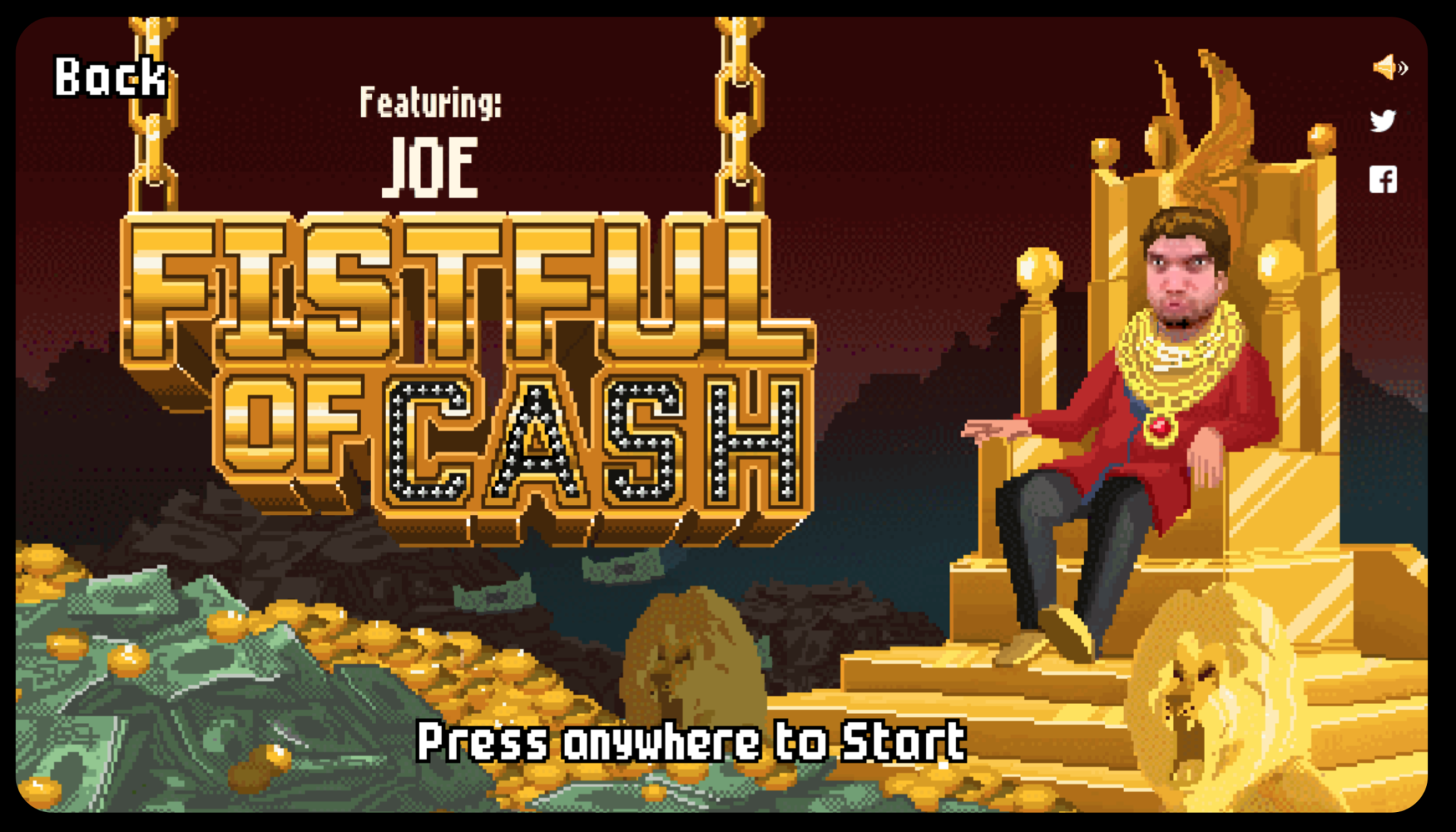
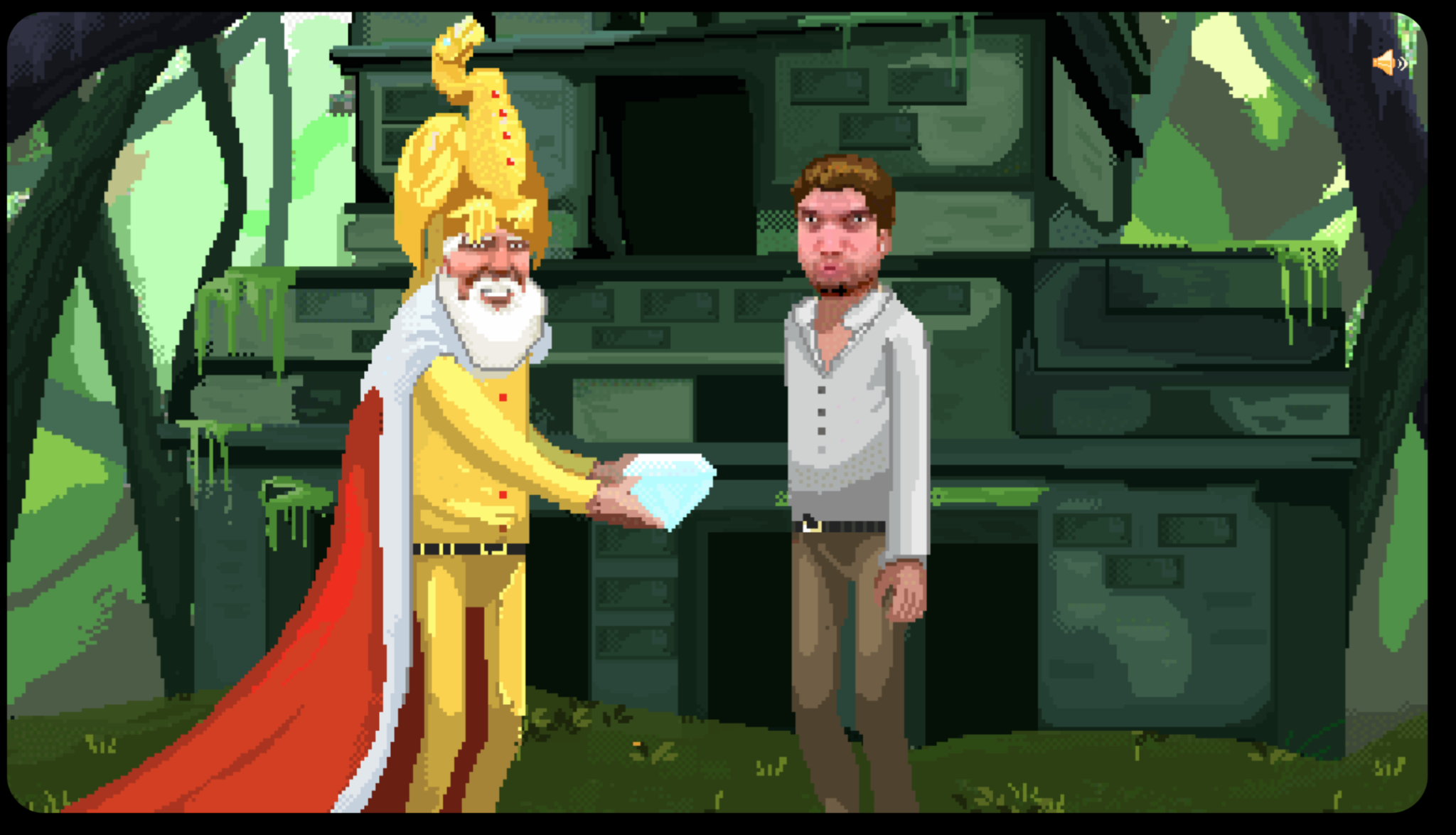
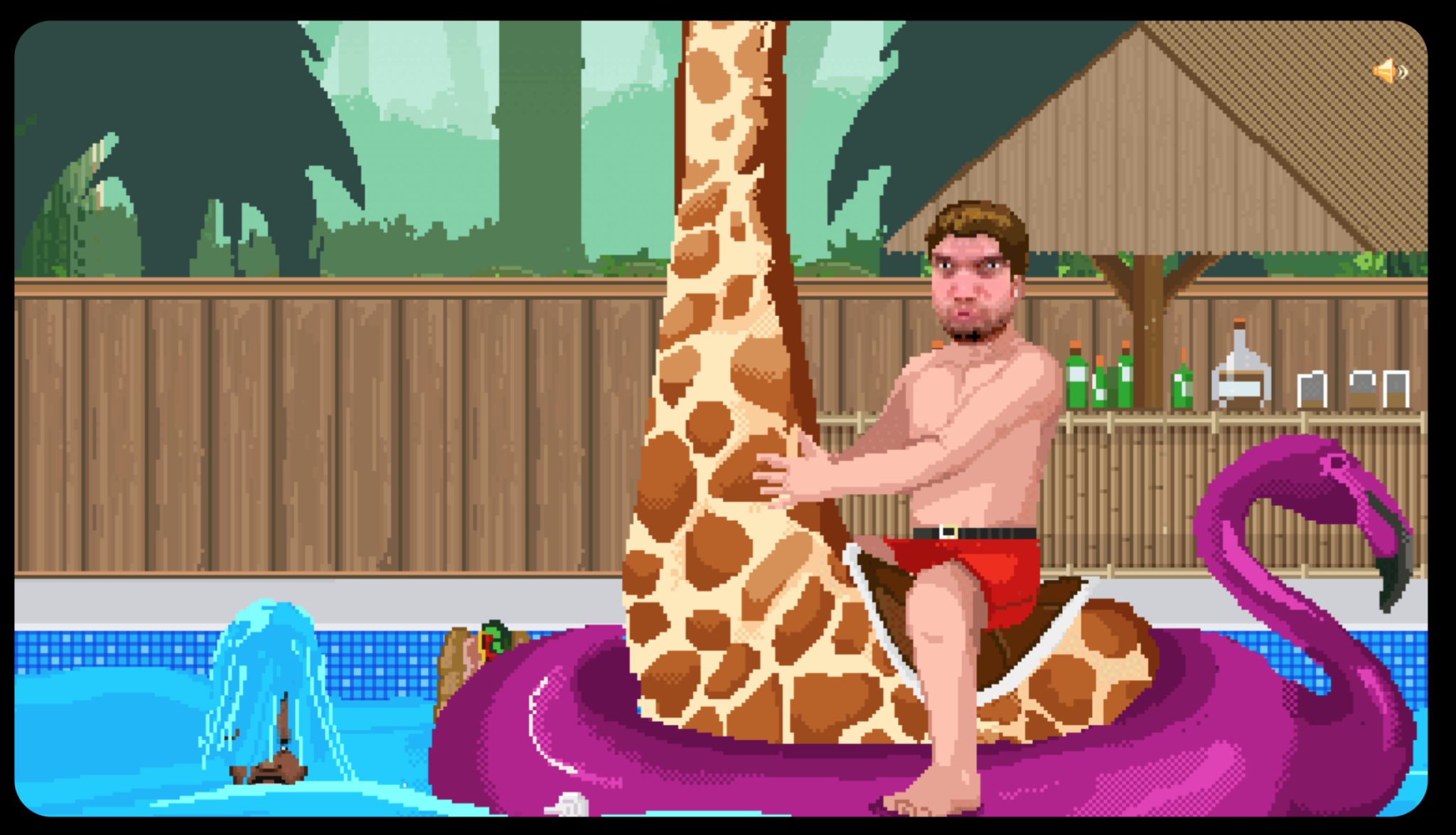
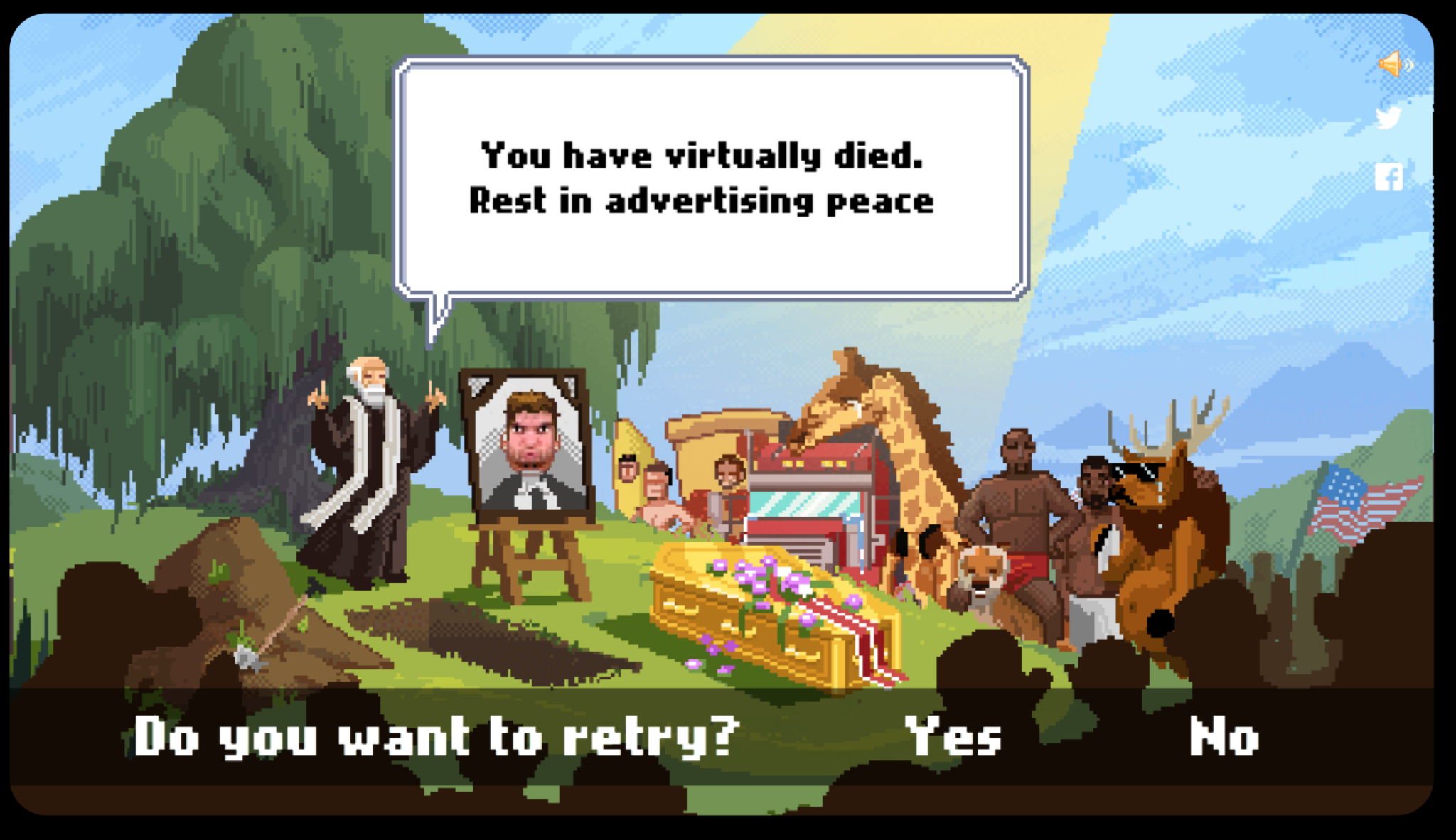
Simply put, my Bumble profile will never be the same.
The narrative videos that precede each level star the infamous Mustafa, and the writing is on point. The game is incredibly self-aware and never misses out on an opportunity to make fun of itself—and you for playing it.
My favorite thing, though, has to be this.
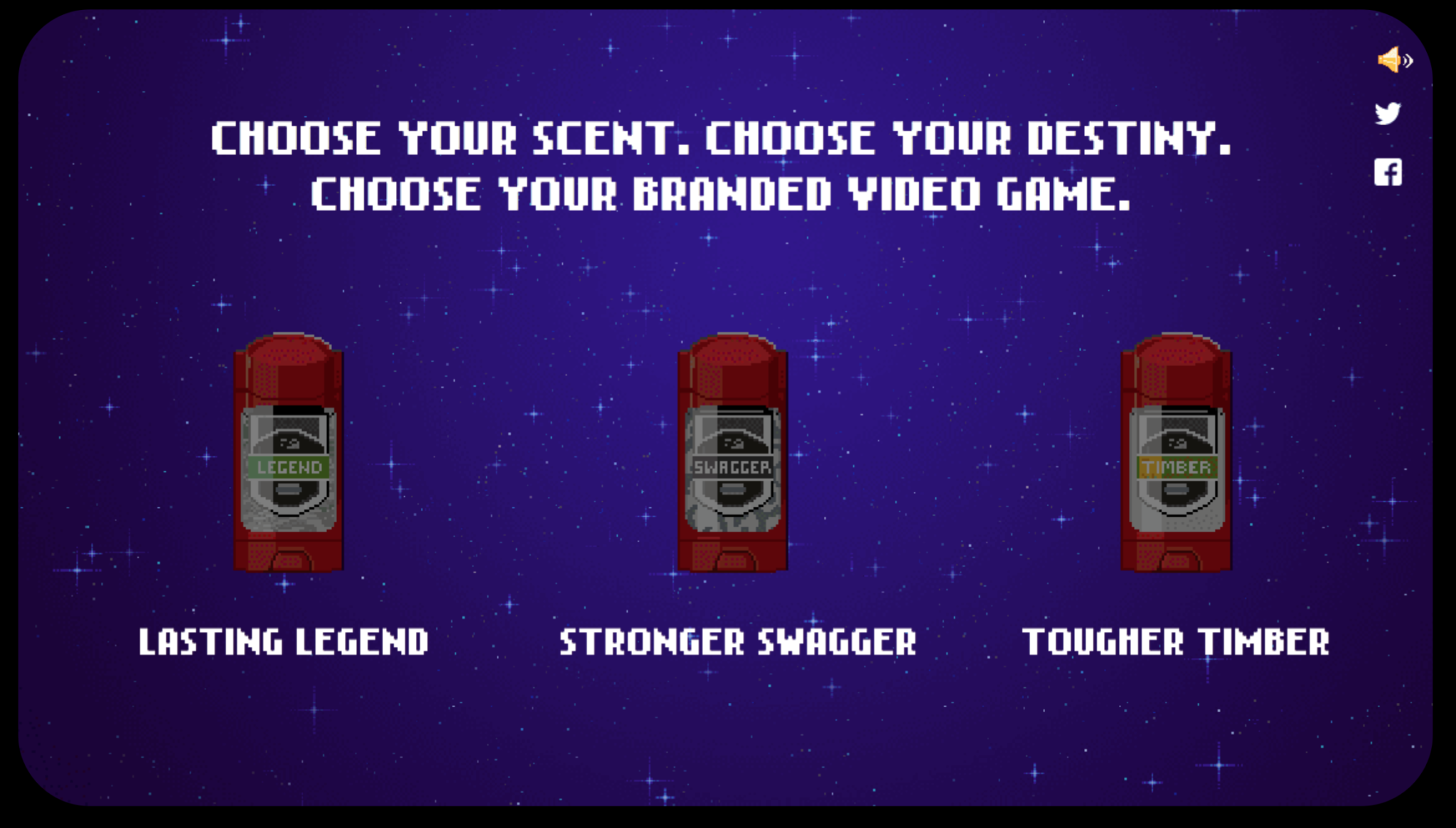
“Choose your scent. Choose your destiny. Choose your branded video game.” If that’s not advertising poetry, I don’t know what is.
Image by ShutterstockGet better at your job right now.
Read our monthly newsletter to master content marketing. It’s made for marketers, creators, and everyone in between.




